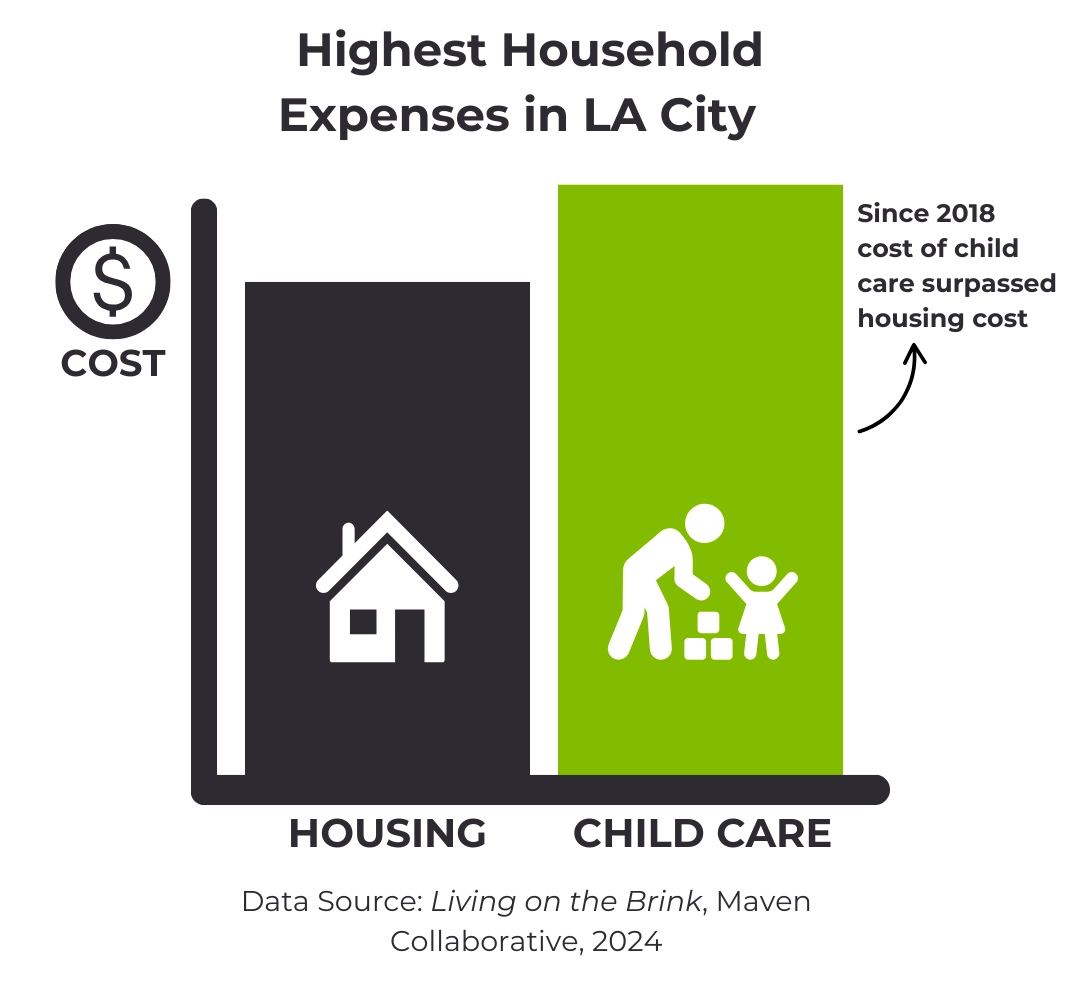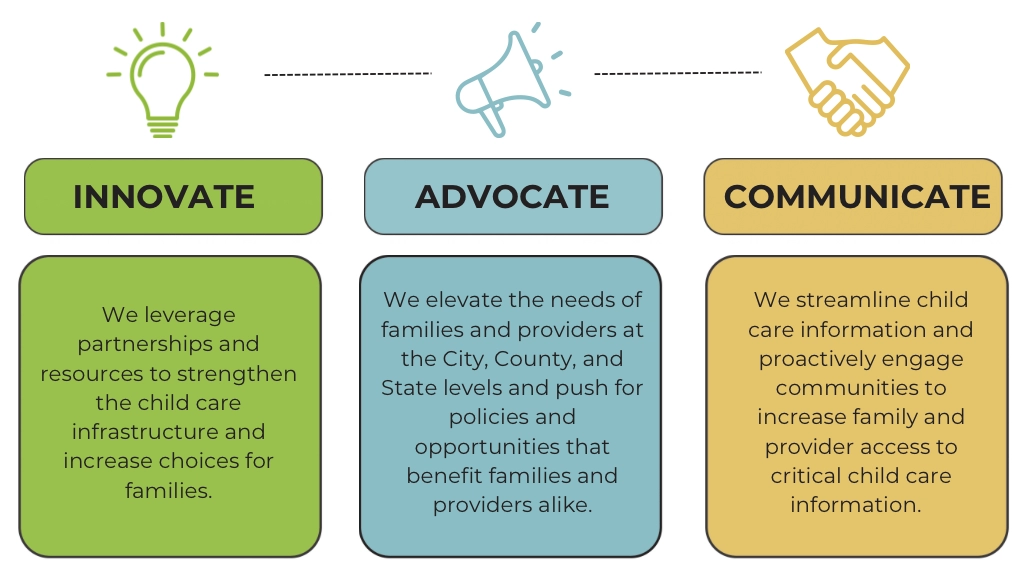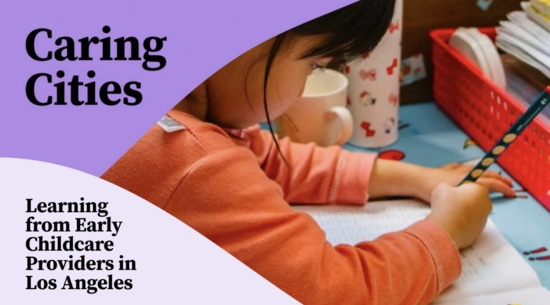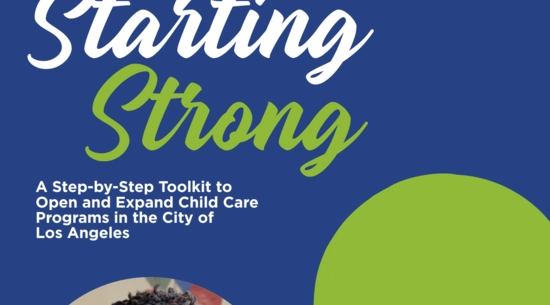
Our Commitment
To break the cycle of poverty through increased access to high-quality child care options for children ages 0-3.
Our Approach
To leverage City resources, policies, and partnerships to strengthen the infrastructure of child care in the City of Los Angeles and increase family access to high-quality infant and toddler care settings.

The Challenge with Child Care
Child care is essential for the healthy development of children and families. Studies show that quality child care is vital for childrens’ healthy brain development and that children who receive quality care develop cognitive and social skills that make them better prepared for school and life. For families, consistent child care allows parents and guardians to work or attend school, helping them to build careers and long-term financial stability.
Child care in Los Angeles, however, is hard to find and expensive. In 2022, the cost of child care was ranked the highest household expense, surpassing the cost of housing. At the same time, child care providers have faced significant challenges from high operating costs, low wages, and declining enrollment, preventing program growth and causing business closures.
Many areas of our City are recognized as child care deserts, where the number of children needing care far surpasses the number of available seats. The Child Care Policy & Equity unit in CIFD is dedicated to improving opportunities for both families and providers so that our children and our communities can thrive.
Our Approach
Child care can be defined broadly to include infants and toddlers, preschoolers, and school-age children (5-12 years). At CIFD, our Child Care Policy and Equity unit focuses on care for Angeleno children ages 0-5 before California requires them to attend school. In particular, we work to expand affordable and high-quality child care options for Angeleno children ages 0-3 by increasing Citywide support for families and child care providers.
Our team aims to strengthen the mixed delivery model of child care, which includes a range of public and private settings. Program diversity allows families to choose the best care for them and their child and enables providers and educators to choose how they deliver care best.
Four Priority Areas
What We Do
Our team works to make it easier for families to find affordable child care and for child care providers to provide high-quality care to our City’s youngest learners.
We Support Providers and Families in Three Ways







